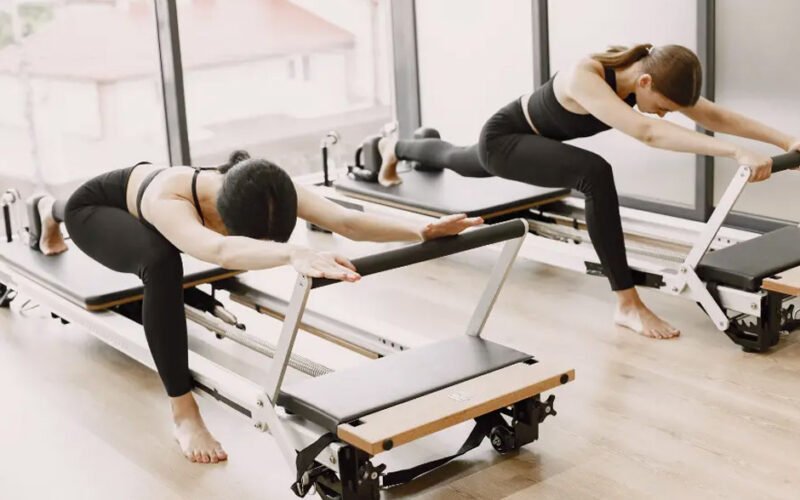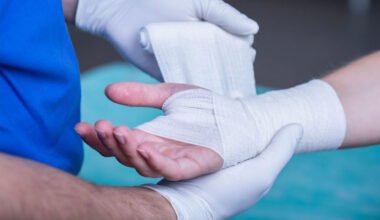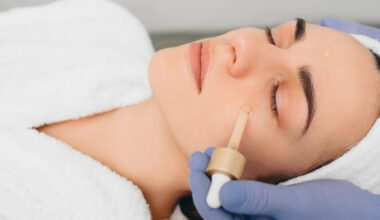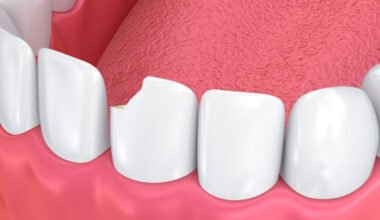Pilates has become a ubiquitous part of the fitness world, known for its ability to sculpt lean muscles, enhance flexibility, and improve posture. At the centre of its effectiveness is the reformer, a specialised piece of apparatus that elevates the traditional mat-based exercises to new levels of precision and variation. Understanding the mechanics and results of Pilates, especially when performed on a reformer, can provide valuable insights into why this form of exercise is so impactful.
Foundations of Reformer Pilates
Reformer Pilates is not merely an evolution of the mat practice, but a comprehensive discipline in its own right. The reformer’s design includes a sliding carriage, resistance springs, ropes, and a footbar. Each element is engineered to facilitate a diverse range of movements, enabling the practitioner to perform exercises that engage the body more dynamically than traditional mat exercises.
One of the core principles of Pilates involves control, or ‘contrology’ as Joseph Pilates termed it. This principle not only applies to movement execution but also to how the reformer’s adjustable components force the body to maintain stability amidst changing tensions and positions. The finely tuned resistance provided by the reformer’s springs is a formative element in this context.
The Mechanics of a Reformer Workout
The mechanics of a Pilates reformer workout hinge on controlled resistance. The reformer’s springs can be adjusted for varied levels of difficulty, making the apparatus versatile for both newcomers and seasoned practitioners. The movement of the carriage, propelled by the strength and control of the user’s limbs, allows for a full range of motion which is difficult to replicate on the floor or with other types of equipment.
When performing exercises on the reformer, one must engage their core muscles deeply. This not only helps to execute movements but also stabilises the body, leading to improved balance and coordination. Moreover, since the reformer allows for more significant control over movement tempo, it helps practitioners hone their sense of rhythm and flow – concepts that are central to the grace and efficiency of Pilates.
Reformer Pilates and Muscular Engagement
The precision that the reformer demands involves an intricate play of multiple muscle groups. Unlike workouts that may prioritise certain muscle groups over others, Pilates performed on a reformer aims for a balanced engagement. As a result, not only are the targeted muscles—such as those in the core, buttocks, and shoulders—strengthened, but the stabilising muscles are also conditioned.
By maintaining continuous tension on the muscles throughout the workout, practitioners experience what is known as eccentric contraction. This means that muscles lengthen as they exert force, a key component in achieving the long, toned aesthetic for which Pilates is known.
Benefits of Using a Pilates Reformer
The use of pilates reformer equipment brings forth several benefits. It introduces greater variability into workouts, prevents fitness plateaus, and allows for tailored exercise regimens to suit individual needs. The ability of the reformer to facilitate assistance or resistance means it can be used for rehabilitative purposes as well as for athletic training.
Reformer workouts can also be specifically adapted to improve posture. Exercises can be targeted to strengthen the spine’s supporting muscles, including the erector spinae and multifidus muscles, which helps in developing a healthy, upright posture.
Accessibility of Reformer Workouts
Pilates reformer workouts were once exclusive to studios and gyms, but with the increasing availability of pilates equipment for home, this effective training method is more accessible. Individuals can now cultivate a disciplined Pilates practice within the confines of their home environment, with the added flexibility to fit within their schedules.
Moreover, possessing home Pilates equipment also paves the way for consistency in workouts, which is fundamental to garnering the benefits Pilates promises. Consistent practice allows muscle memory to form, facilitating a seamless integration of the core principles of Pilates into the practitioner’s routine.
Results from Reformer Workouts
Results from reformer workouts are typically reflective of the precision and complexity that the reformer instils in the exercise regime. Practitioners commonly report increased core strength, leaner muscles, heightened body awareness, and improved flexibility within weeks of consistent practice.
Importantly, the design of the reformer and the exercises performed on it contribute to a low-impact workout that delivers these results without placing undue strain on the joints, which helps in longevity and sustainability of practice.
Scientific Support for Pilates Reformer Workouts
Scientific research backs the anecdotal evidence for the benefits of reformer workouts. Studies have found that reformer Pilates can improve balance, alleviate lower back pain, and enhance sports performance. The specificity of movement and the proprioceptive feedback from the reformer apparatus help in neuromuscular re-education, which can be transformative for those recovering from injury or wanting to refine athletic skills.
Over time, as the body becomes acquainted with the reformer’s mechanics, movements that once required significant conscious effort become fluid, leading to the ‘flow’ state associated with mastery in Pilates.
Summary and Reflection
Understanding the mechanics and results of reformer Pilates workouts elucidates how this form of exercise is more than a series of movements on an apparatus—it’s a sophisticated integration of body and machine that promotes health and vitality. As Pilates continues to evolve, the reformer remains a cornerstone, offering a distinctive blend of strength, flexibility, and mind-body awareness.
Whether employed as part of a routine at a Pilates studio or from the convenience of one’s home with personal Pilates equipment, the reformer presents a timeless testament to the science and philosophy of optimal physical conditioning.






